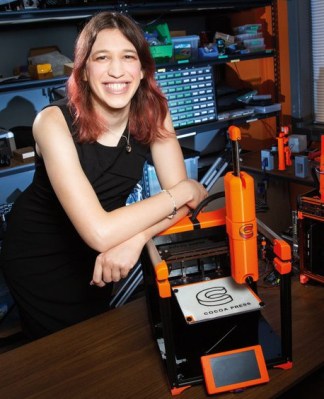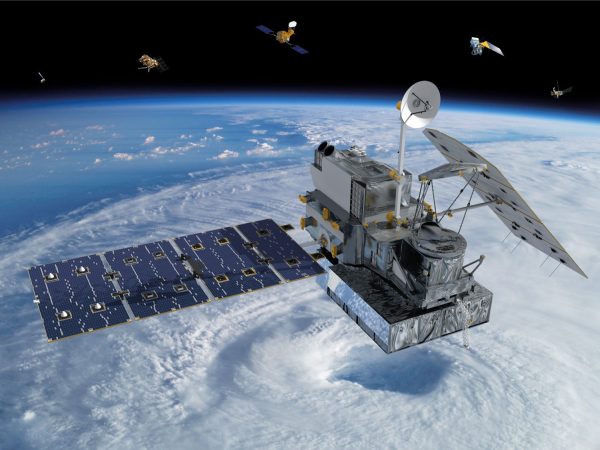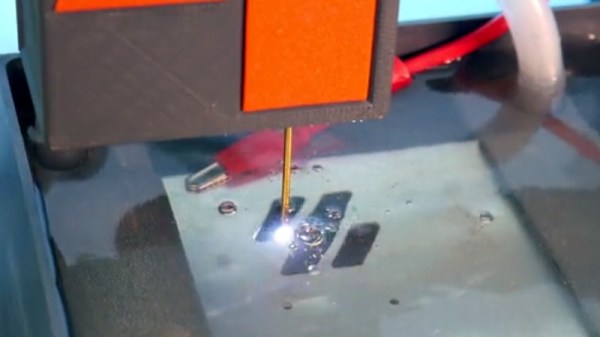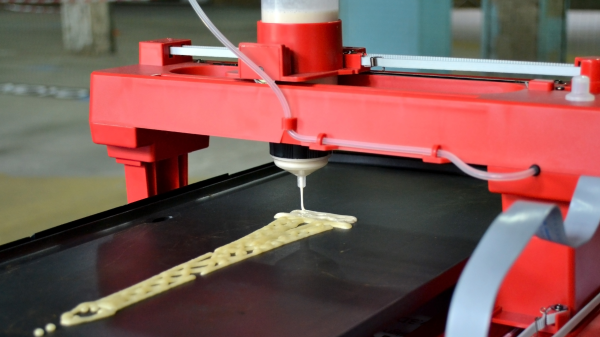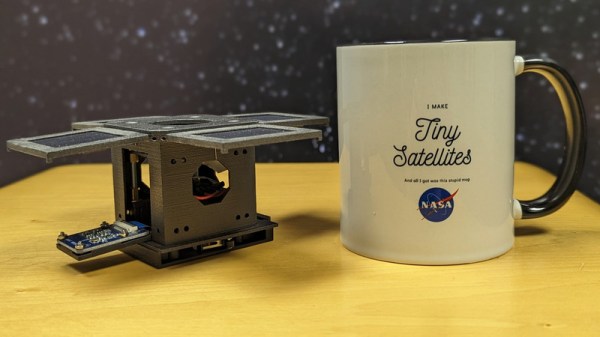Join us on Wednesday, July 26 at noon Pacific for the CircuitPython Happenings Hack Chat with The folks from Adafruit!
 It’s always a party when the good folks from Adafruit stop by the Hack Chat, and we expect no less than that this time around. It’s hard to predict where the conversation will go when [LadyAda], [pt], and [Scott] roll in, but we strongly suspect it’ll center on what’s new in the world of CircuitPython.
It’s always a party when the good folks from Adafruit stop by the Hack Chat, and we expect no less than that this time around. It’s hard to predict where the conversation will go when [LadyAda], [pt], and [Scott] roll in, but we strongly suspect it’ll center on what’s new in the world of CircuitPython.
We’ve heard that they’ve got some cool stuff going on with CircuitPython on the RP2040, which just might lead to a Python-based fix for the current Bus Pirate supply chain problem. It’ll be a swashbucklingly good time, so make sure you stop by.
Our Hack Chats are live community events in the Hackaday.io Hack Chat group messaging. This week we’ll be sitting down on Wednesday, July 26 at 12:00 PM Pacific time. If time zones have you tied up, we have ahandy time zone converter.





